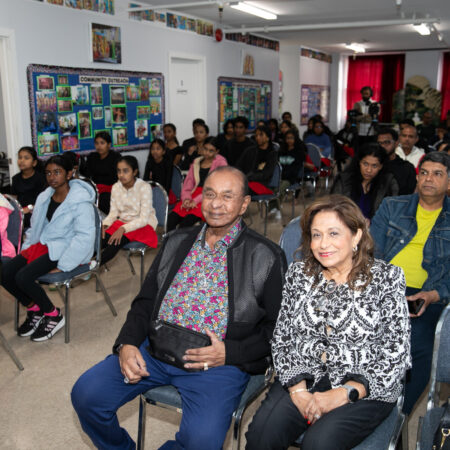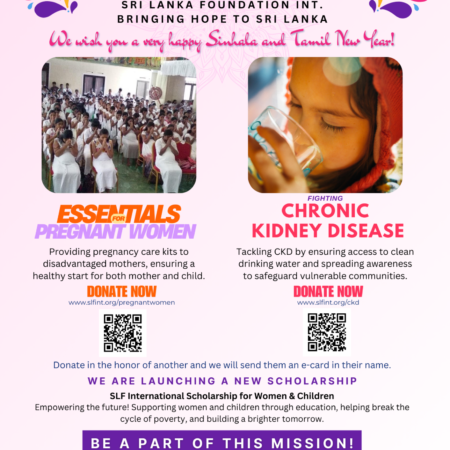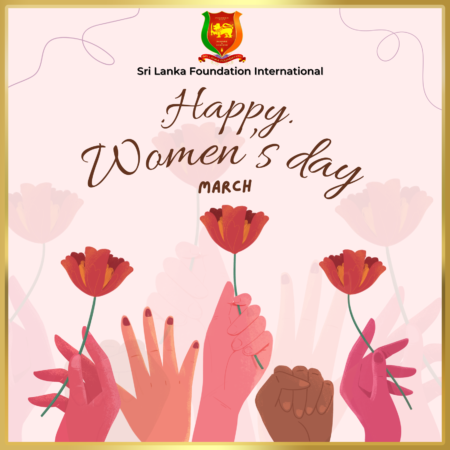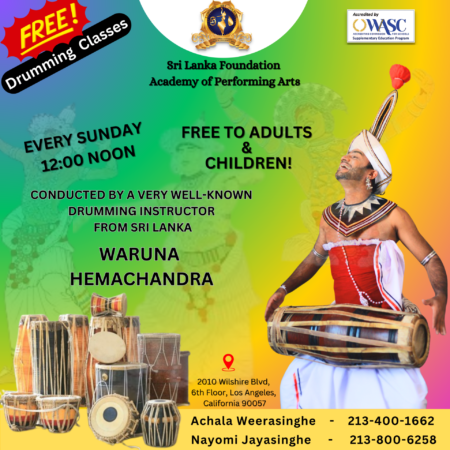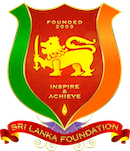On December 4th, 2019, history was made within the magnificent Los Angeles City Council Chambers amidst a gathering of distinguished leaders. The Los Angeles community came together to celebrate Dr. Walter Jayasinghe, the Chairman of the Board of the Sri Lanka Foundation International, for his invaluable philanthropic services rendered to this beautiful city. In honor of Dr. Jayasinghe’s dedication, the City of Los Angeles declared this day Sri Lanka Day. The resolution adopted by the Council of the City of Los Angeles stated the following: – Los Angeles is home to the second-largest population of Sri Lankans in the United States. – Members of the Sri Lankan community from the island nation, also known as “the Pearl of the Indian Ocean,” represent a vibrant and integral part of Los Angeles. – Sri Lanka Day to recognize the tremendous impact of the Sri Lankans’ presence in the City of Los Angeles.
Read More →
Strengthening Sri Lanka’s Future: Sri Lanka Foundation’s meeting with US Embassy in Sri Lanka
In a recent commitment to further the Sri Lanka Foundation’s service to Sri Lanka, the Senior Operations Director of the Sri Lanka Foundation, Achala Weerasinghe, met with the Deputy Chief Officer of Mission, Sonnek Angeles, at the US Embassy in Sri Lanka on Thursday, 21 December 2023. The agenda revolved around the ongoing initiatives of the Sri Lanka Foundation, particularly highlighting recent endeavors within the country. Noteworthy discussion was extended to the Foundation’s significant aid, including urgent medicines and medical supplies, donated to multiple hospitals throughout Sri Lanka, emphasizing the longstanding friendship between the people of Sri Lanka and the USA, characterized by mutual assistance in healthcare development within the country. The Sri Lanka Foundation has generously donated urgent medical supplies to divisional hospitals in Marassana, Pallegama, Galaha, and Deltota in the Kandy District, marking a significant contribution to healthcare provisions. The meeting highlighted the invaluable support the Sri Lanka
Read More →
Read More →
Professor Mohan Munasinghe, the 2021 Blue Planet Laureate, Receives Honors from Japanese Royalty
Professor Mohan Munasinghe, a Sri Lankan engineer, physicist, and economist specializing in energy, water resources, sustainable development, and climate change, was awarded the 2021 Blue Planet Prize, the top global environmental sustainability award “the Environmental Nobel Prize.” Professor Munasinghe and Mrs. Sria Munasinghe attended the ceremonies for the Blue Planet Prize hosted by the Asahi Glass Foundation in Tokyo, where they were felicitated by Royalty and other grandees of Japan. The ceremony had been postponed to October 2022 due to the Covid Pandemic restrictions in 2021. The Royal Highnesses Crown Prince Akishino and Princess Kiko of Japan granted Prof. Munasinghe and his wife an exclusive audience. In addition, they exchanged mutual felicitations with HRH Sonam Dechen Wangchuck, who attended the ceremony on behalf of her father, His Majesty Jigme Singye Wangchuck, the Fourth King of Bhutan, the 2022 Blue Planet Prize laureate. The award recognizes Prof. Munasinghe’s extensive environmental and
Read More →
Read More →
Launch of New U.S. Embassy in Colombo, Sri Lanka
In a celebration of more than 70 years of U.S.-Sri Lankan friendship partnership and bilateral ties, the Honorable President Ranil Wickramasinghe, U.S. Ambassador to Sri Lanka Julie Chung, and the U.S Department of State’s Under Secretary for Management John Bass opened the new U.S. Embassy on Galle Road in a festive event that included officials and private citizens from both countries. “It was a great honor to celebrate our new Embassy in the presence of the President of Sri Lanka, honored guests, and colleagues, said U.S. Ambassador Chung. “We have had an embassy in Colombo since Sri Lanka’s independence in 1948, and the new campus symbolizes our enduring partnership with Sri Lanka. Americans and Sri Lankans worked together to build this state-of-the-art facility that epitomizes respect for the environment and appreciation of Sri Lankan architectural, cultural, and artistic themes. We are pleased to open our new doors to our Sri
Read More →
Read More →
US Ambassador to UN Food & agriculture agencies in Rome to visit SL
United States Permanent Representative to the UN Food and Agriculture Agencies in Rome Ambassador Cindy McCain will visit Sri Lanka from September 25-28 to highlight U.S. food assistance programs in Sri Lanka and reinforce the U.S. commitment and lasting partnership with the island nation. The US embassy in Colombo said that in addition to meeting with senior government officials and aid organizations in Colombo, Ambassador McCain will join U.S. Ambassador to Sri Lanka Julie Chung to travel to Central Province to visit schools, agricultural research facilities, and community organizations and meet with recipients and implementers of relief provided through U.S. government-funded humanitarian assistance programs. The United States is the single largest country donor to the three United Nations food and agriculture agencies, the Food and Agriculture Organization (FAO), the International Fund for Agricultural Development (IFAD), and the World Food Program (WFP). U.S.-funded UN projects showcase how the U.S. government, the
Read More →
Read More →
Journey to the Colombo Lotus Tower How the Lotus Sutra and Mt. Emei of China hearken back to Sri Lanka for a community of shared destiny
In China’s foreign policy in Asia, Beijing has already rejuvenated the Buddhist diplomacy in Sino-Sri Lankan relations that began in the Han Dynasty (206 BC-220 AD). Over two millennia later, Sri Lanka will soon inaugurate the Chinese-built 350-metre-high Lotus Tower in Colombo, a symbol that manifests the ancient Buddhist peace and diplomatic intercourse between the two nations.
The Buddhist tower, which is seen from predominantly Hindu neighbor India, is a hallmark of China’s geostrategy associated with its Belt and Road Initiative (BRI). This purpose-driven skyscraper with its sophisticated telecommunications technology is the tallest in South Asia.
The Chinese re-engagement with the Buddhist “Kingdom of the Lion,” as the famous Chinese scholar-monk Faxian (337-422) had called the island in his Records of Buddhist Kingdoms, began the first recorded profile of Sino-Lanka religious foundation. Before arriving in the Anuradhapura Kingdom (377 BC-1017 AD) of Sri Lanka, Faxian travelled across India in search
Read More →
Read More →
USAID extends additional US$40 Mn in development assistance
USAID Administrator Samantha Power has announced an additional US$40 million in development assistance to help farmers purchase fertilizer and other vital agricultural inputs. “Subject to Congressional approval, the United States Agency for International Development (USAID) will invest this money to provide farmers with fertilizer and other vital agricultural inputs,” USAID said in a statement. “This critical support, implemented through the United Nations Food and Agriculture Organization, comes just in time for maximum benefit to the upcoming “Maha” planting season and will benefit up to one million farmers in need of fertilizer across Sri Lanka, which includes 53,000 farmers in need of emergency monetary assistance. USAID stands with the Sri Lanka’s people and is committed to providing this urgent support. The US Government will continue to explore ways to assist the country in meeting their immediate, medium, and long-term needs, and will continue ongoing efforts that boost sustainable economic growth, promote
Read More →
Read More →
USAID to provide US$ 20 Mn as humanitarian aid
USAID Administrator Samantha Power said USAID will provide additional US$20 million as humanitarian aid in addition to US$40 million which will be given to procure fertilizer to assist one million farmers. The total amount pledged by her, comes up to US$ 60 million. Ms. Power said political reforms and economic reform should go hand in hand. “Sri Lanka should ensure stable borrowing and stable balance of trade,” she added. (Yohan Perera) For more information go to:http://www.dailymirror.lk
Read More →
Read More →
SLF Int USA, WE ARE EXCITED TO SHARE THIS INVITATION FOR A VIRTUAL TOWN HALL WITH AMBASSADOR JULIE CHUNG AND ANJALI KAUR, DEPUTY ASSISTANT ADMINISTRATOR, USAID
Please join United States Ambassador to Sri Lanka Julie Chung in her second town hall with the Sri Lankan-American Community. Ambassador Chung will provide updates on the status of U.S.-Sri Lankan relations, U.S.-led relief efforts, and her perspectives on the ongoing crisis and ways forward. Ambassador Chung will be joined by Deputy Assistant Administrator for the USAID Asia Bureau Anjali Kaur, who will share USAID’s humanitarian assistance plans with the community. The town hall will also feature a question and answer session; participants are encouraged to submit questions and areas of concern they would like addressed in advance and during the event via chat. Date: Thursday, September 22, 2022 Time: 7.30am PST, 10.30am EST Pre-Register, Submit Questions, and View the Virtual Event Here:https://interactive.state.gov/sri-lanka/ Ambassador Julie Chung arrived in Colombo as the U.S. Ambassador to Sri Lanka in February 2022. A career member of the Senior Foreign Service with the rank
Read More →
Read More →
Adventurous soul, Achieving Academic Pursuits-Dr Patrick Mendis
Former PHS exchange student establishes an Minnesota State scholarship It all started with two Americans studying in Sri Lanka. One was a Peace Corps volunteer from New Hampshire, one was a 4-H exchange student from Iowa. They stayed with Dr. Patrick Mendis, a child at the time, and his grandparents in their home in Polonnaruwa, Sri Lanka. “These two exuberant and free-spirited young souls from Iowa and New Hampshire touched my heart after we rode on water-buffaloes in our three-acre rice field,” recalled Mendis. He was raised by devout Catholic grandparents who cared for water-buffalo, pigs, chickens, a goat and a dog named Sheba. Though his home life was Christian based, he attended a Buddhist school and visited the Buddhist temple every full moon day. “During my formative years, I had the best of both Catholic and Buddhist worlds,” Mendis explained. Inspired by the free-spirited, traveling Americans he had met
Read More →
Read More →
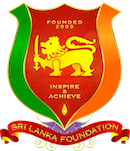





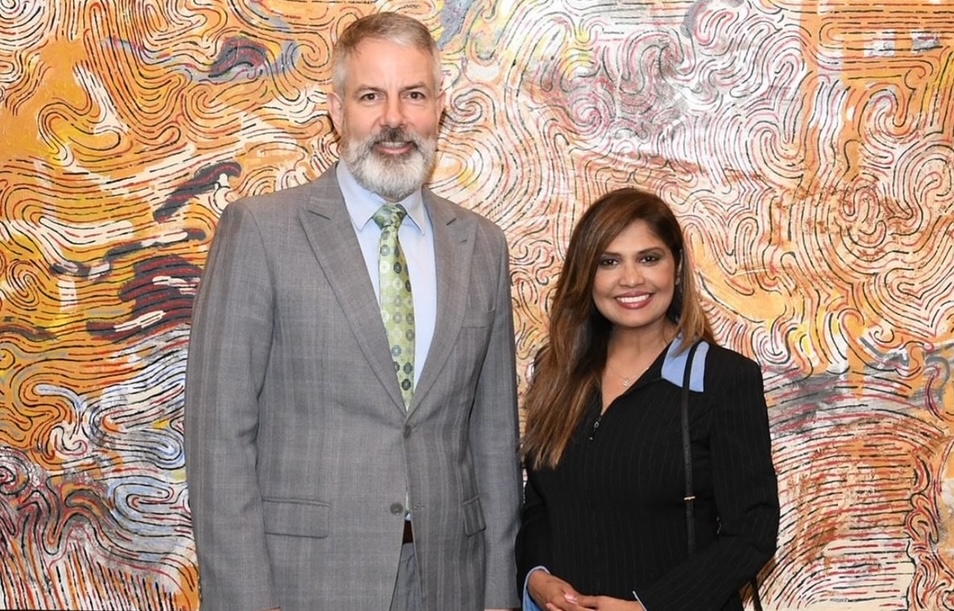







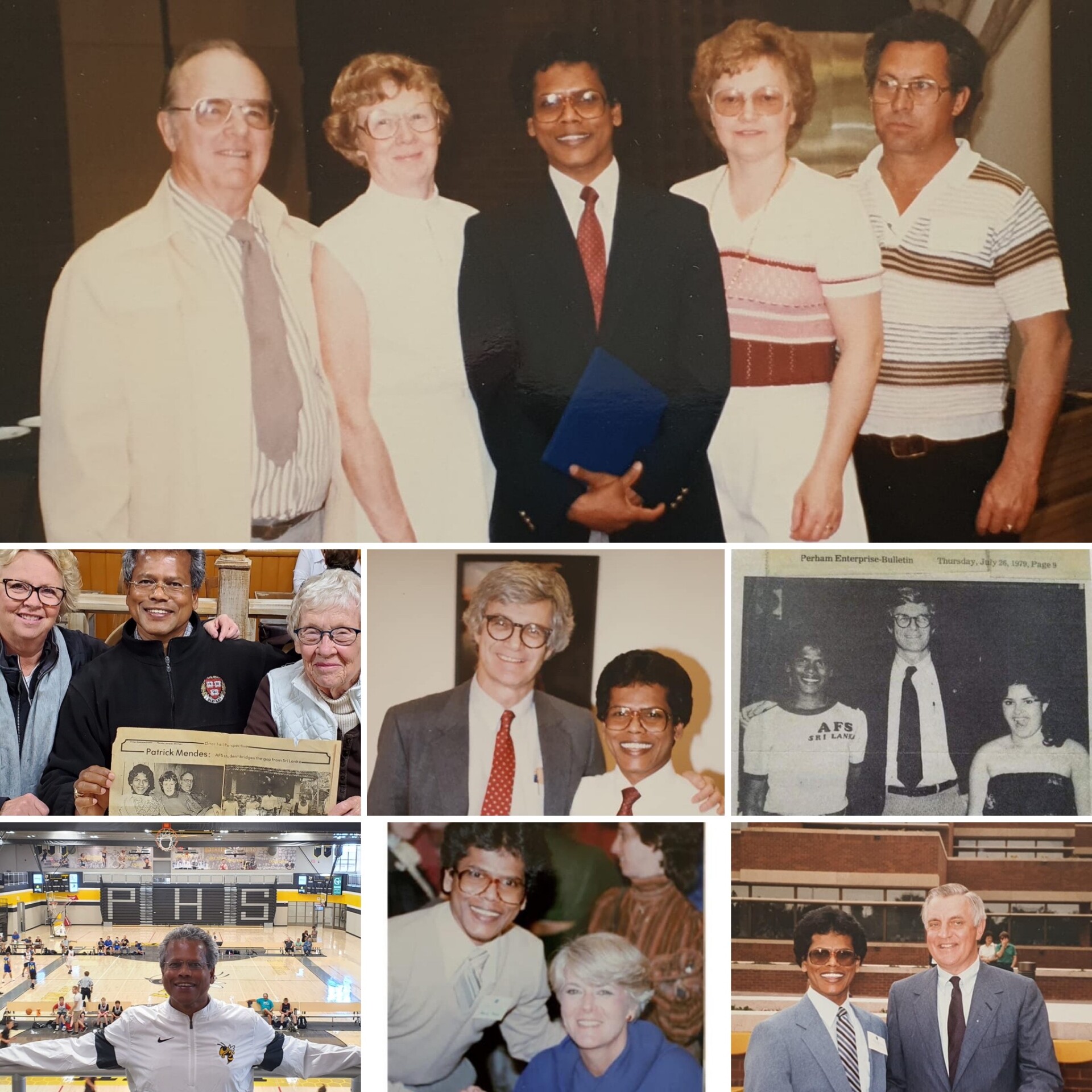
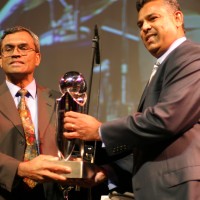

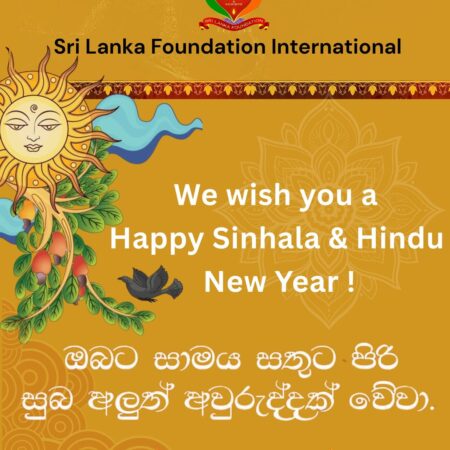
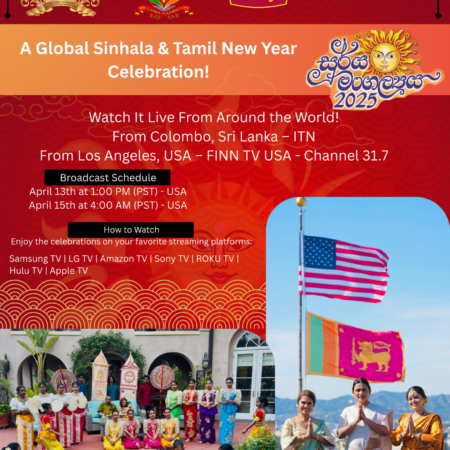
![TV-Poster-All-Exhibition-Sri-Lanka-in-Focus-USA-2025[1]](https://www.srilankafoundation.org/wp-content/uploads/2025/04/TV-Poster-All-Exhibition-Sri-Lanka-in-Focus-USA-20251-450x450.jpg)
